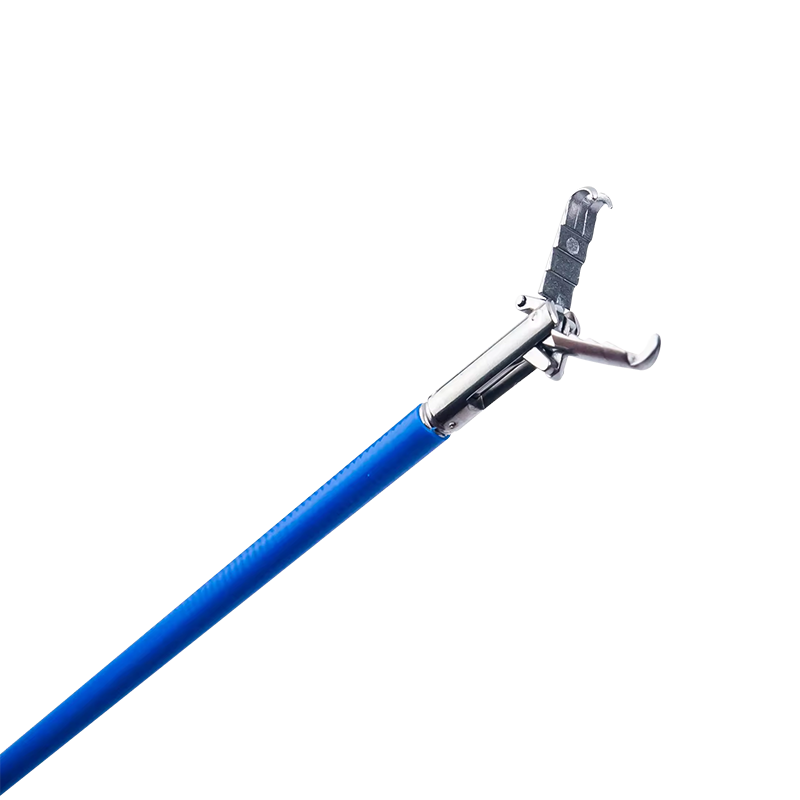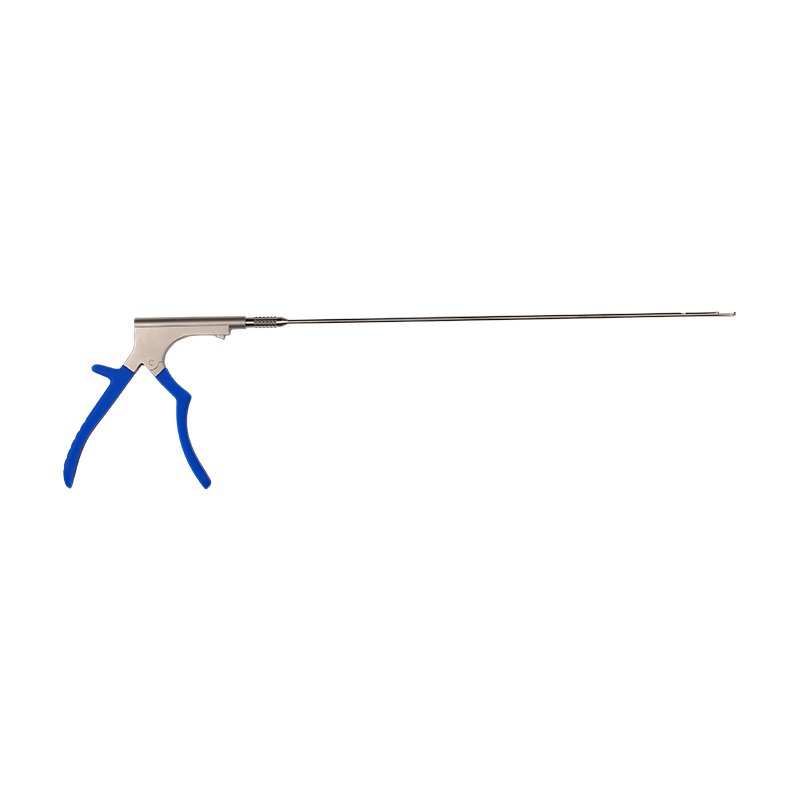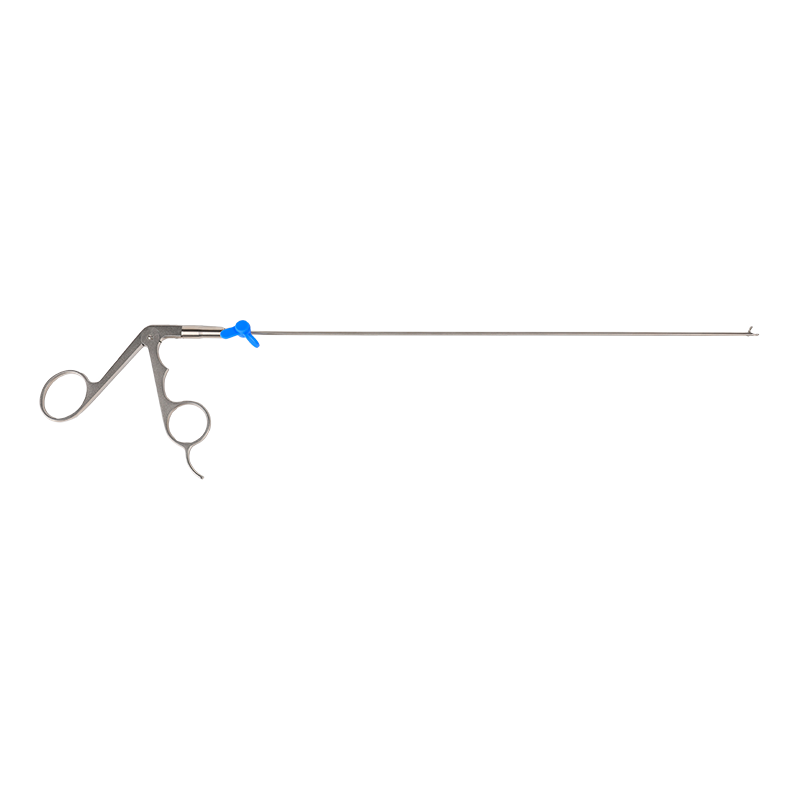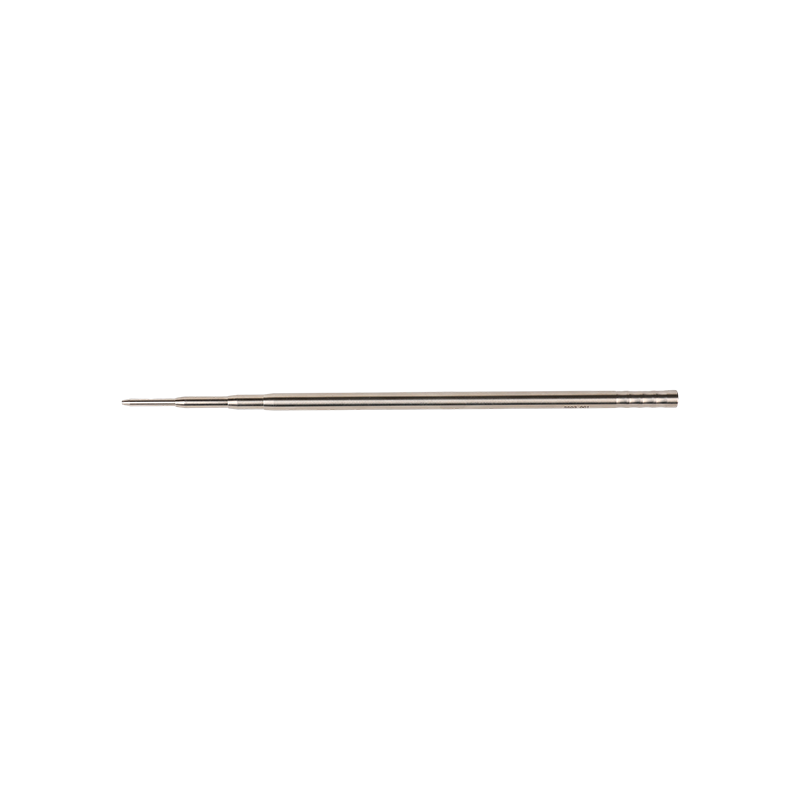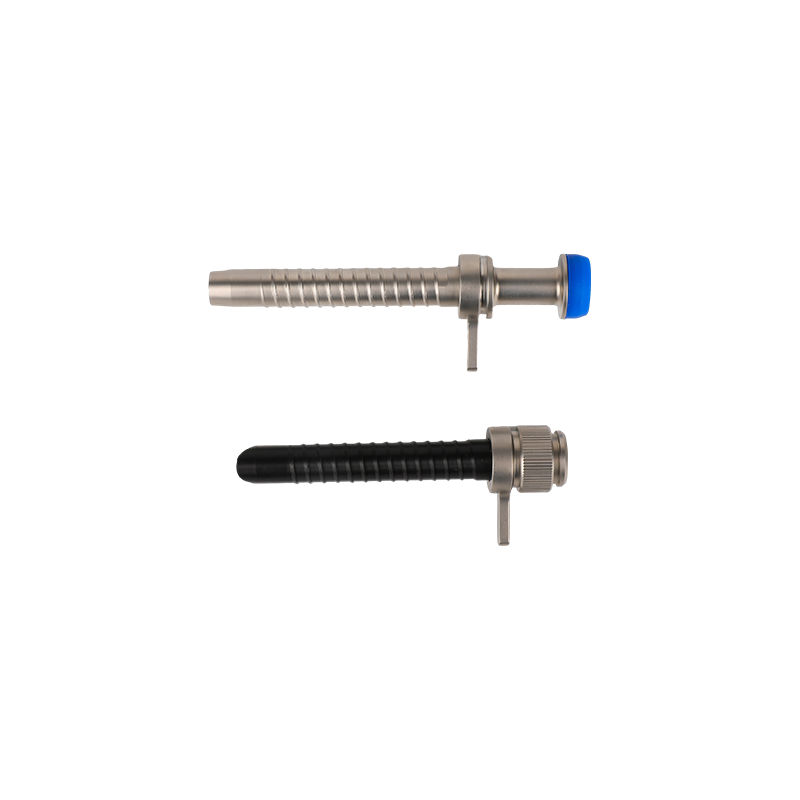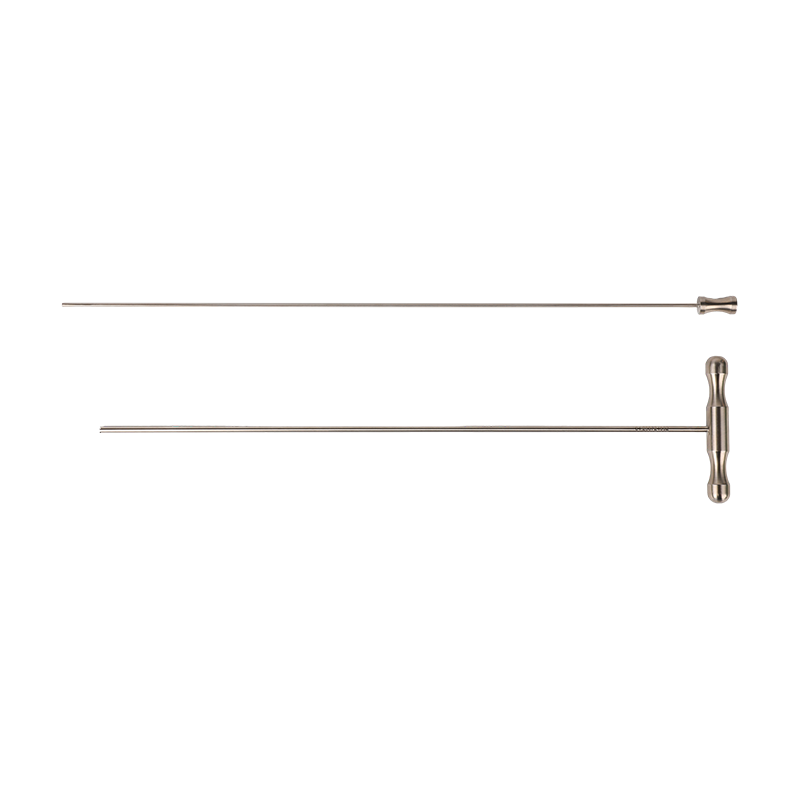Surgical instruments encompass a wide range of specialized tools designed for various tasks during medical procedures. They are generally categorized by their function. Here are some of the most common types and examples:
1. Cutting and Dissecting Instruments: These are used to make incisions, cut tissues, and separate structures.
Scalpels: Extremely sharp blades with handles, used for making precise incisions. They come in various sizes and shapes (e.g., #10, #11, #15 blades).
Surgical Scissors: Used for cutting tissues, sutures, or other materials. Examples include:
Mayo Scissors: Heavy-duty, often used for cutting tough tissues or sutures.
Metzenbaum Scissors: More delicate, with longer, thinner blades, used for precise dissection of delicate tissues.
Iris Scissors: Very fine, used in ophthalmic or plastic surgery.
Curettes: Handled instruments with a scoop-shaped end and a sharpened rim, used for scraping or debriding tissue.
Rongeurs: Used for removing bone fragments and tissue.
Bone Saws: Used for cutting through bones in orthopedic procedures.
Chisels and Gouges: Used for cutting, shaping, or removing bone.
Dermatomes: Used to remove thin layers of skin for grafting.
2. Grasping and Holding Instruments: These instruments are used to hold, manipulate, or secure tissues, organs, or other materials.
Forceps: Versatile grasping instruments. They can be serrated or non-serrated, and come in many types:
Tissue Forceps: Used to grasp and manipulate delicate tissues (e.g., Adson, DeBakey).
Dressing Forceps: Used for handling dressings or removing small objects.
Sponge Holding Forceps (Foerster): Used to hold gauze sponges.
Allis Forceps: Toothed, used for grasping firm tissues like fascia.
Babcock Forceps: Loop-bladed, designed to hold delicate structures like intestines without causing damage.
Clamps: Used to hold tissues, blood vessels, or other structures in place, often with a locking mechanism (ratchet).
Hemostatic Clamps (Artery Forceps): Used to control bleeding by clamping blood vessels (e.g., Kelly, Mosquito, Kocher).
Towel Clamps: Used to secure surgical drapes to maintain a sterile field.
Organ Holding Clamps: Designed to hold organs or tissues during surgery.
Bulldog Clamps: Small, temporary clamps often used to occlude blood vessels.
3. Retractors: Used to hold back tissues or organs to provide a clear view of the surgical field.
Handheld Retractors: Held by the surgeon or an assistant (e.g., Army-Navy, Deaver, Richardson, Langenbeck).
Self-Retaining Retractors: Have a locking mechanism or frame to hold tissues open without continuous manual assistance (e.g., Weitlaner, Balfour, O'Connor-O'Sullivan).
Surgical Hooks: Used for precise abduction and management of tissues.
4. Suturing and Ligating Instruments: Used for closing incisions and wounds, and for tying off blood vessels.
Needle Holders (Needle Drivers): Used to securely grasp and maneuver surgical needles during suturing (e.g., Mayo-Hegar, Castroviejo).
Sutures: The threads or materials used to stitch tissues together.
Surgical Staplers: Used to close incisions quickly and efficiently, particularly for larger wounds.
Clip Appliers: Used to apply surgical clips to close blood vessels or other structures.
5. Suction Instruments: Used to remove blood, fluids, and debris from the surgical site to maintain visibility.
Suction Tubes/Tips: Connected to a suction source (e.g., Yankauer, Poole, Frazier).
6. Specialty Instruments: Many other instruments are specific to certain surgical specialties (e.g., orthopedic, neurosurgery, ENT, ophthalmology, gynecology).
Speculums: Used to expand and visualize body cavities (e.g., vaginal speculum).
Trocars and Cannulas: Used in minimally invasive (laparoscopic) surgery to create access points for instruments and cameras.
Electrocautery/Bovie: Uses electrical current to cut tissue and control bleeding.
Surgical Drills: Used to drill holes in bones.
This is not an exhaustive list, as there are thousands of surgical instruments, many with very specific uses. However, these categories cover the main functions and common examples found in most operating rooms.
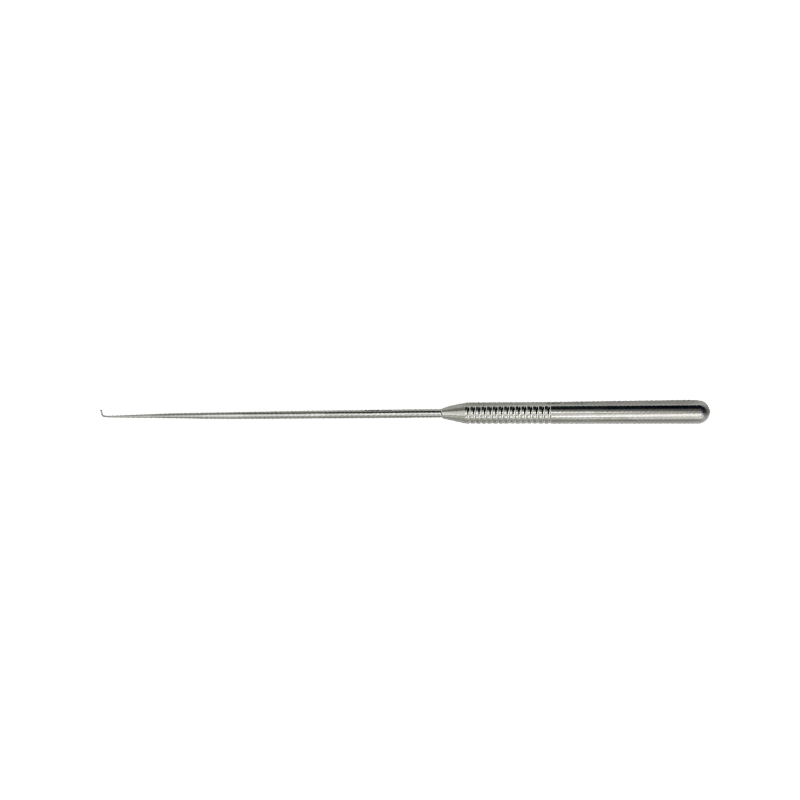
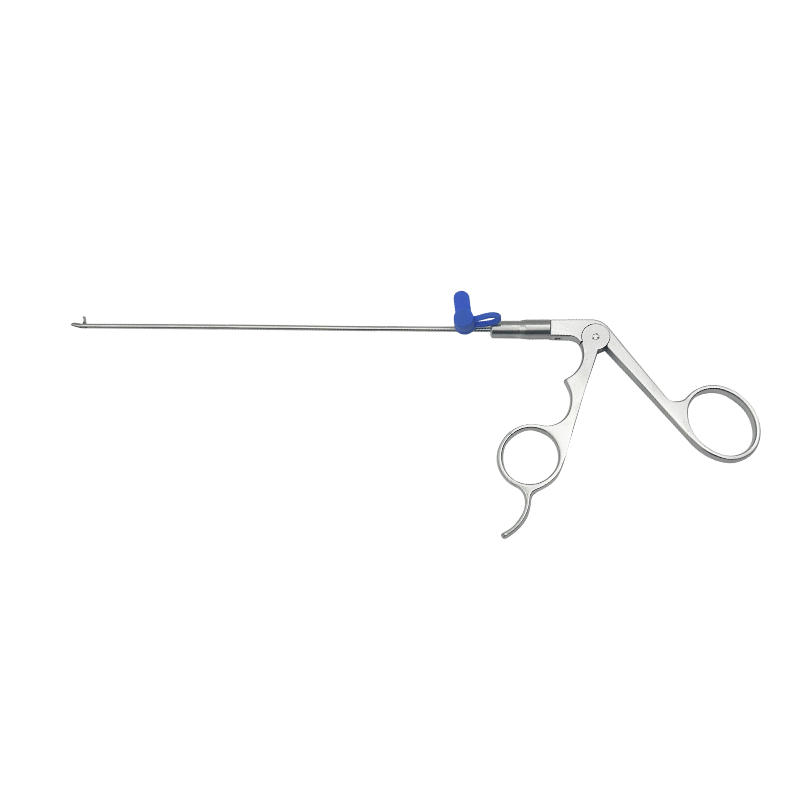
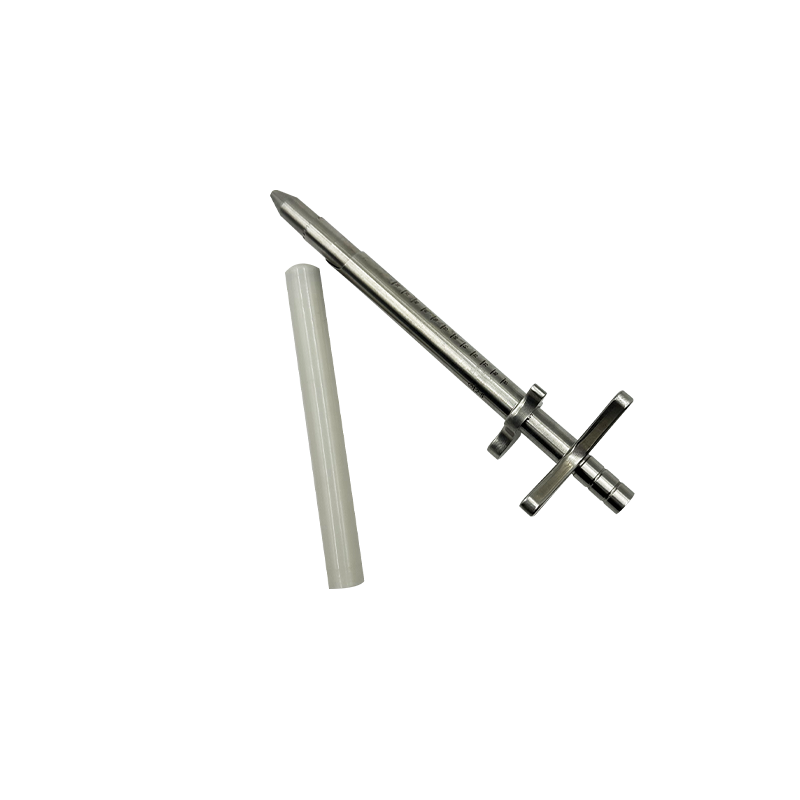

 English
English عربى
عربى Español
Español
